
Due to the crime of the Russians, an object that was supposed to withstand a nuclear attack was destroyed in a second. Water flowed into the hole from the Kakhovsky Reservoir, which fed the southern regions of Ukraine and Crimea for half a century. On the 70th birthday of the Kakhovskaya HPP, Focus gathered information about the detonation and about Russian war crimes committed in Ukraine.
Already on February 22, 2022, the Armed Forces of the Russian Federation marched about 70-100 km from the previously occupied Crimea and reached Kakhovskaya HPP and Novaya Kakhovka. The Russians moved to the right bank of the Dnieper, and the hydroelectric plant came under the full control of the occupation authorities. From the winter of 2022 to the summer of 2023, the dam and the energy equipment of the HPP suffered from hostilities.
The GUR of the Ministry of Defense found that since April 2022, the Russians planted explosives at the hydroelectric power station, and since October - mined the locks and pillars, fearing attacks by the Armed Forces. The explosion of the Kakhovskaya HPP occurred on the night of June 6, 2023. Local residents heard a loud rumble, and NORSAR seismic stations recorded two pulses — at 2:35 and 2:54.
In the morning, people saw that part of the dam of the Kakhovskaya HPP was destroyed and water from the Kakhovskaya reservoir was flowing through it. The Ukrainian authorities have confirmed that the Russians committed a war crime by blowing up a civilian infrastructure facility and causing an ecological and man-made disaster.
For some time, the international community did not talk about the responsibility of the Russian Federation, but later it admitted that the Russians had arranged the undermining of the Kakhovskaya HPP. The dam of the Kakhovskaya HPP held 18 billion cubic meters. m of water from the Kakhovsky Sea, which flowed down the Dnipro rivulet through a hole in the dam.
In the photo from the scene, we see a white whirlpool that bursts through a hole in the dam, destroying nearby concrete areas and flooding coastal settlements. During the week, the entire volume of the Kakhovsky Reservoir flowed through the Dnieper River into the Black Sea. Due to the features of the relief, water flooded more of the left bank (68%) than the right bank (32%). About 80 settlements were flooded and about 16,000 people were affected. On June 8, the water level rose by 5.
68 m in Kherson, and by 12-14 m in the Ingulets River. Ukrainian authorities and volunteers evacuated people and animals from the affected regions of the right bank. Meanwhile, the Russian occupiers blocked the exit and did not organize the evacuation. According to the data of the Ministry of Internal Affairs of Ukraine, 21 people died as a result of the flood after the breach of the dam on the right bank.
The occupiers spoke of 59 dead, but the AP agency established that the number of deaths was much higher: 200-300 people drowned in Oleshki alone. According to the SBU, Russians from the 205th separate motorized rifle brigade of the "Dnieper" group of the Russian Armed Forces planted the explosives at the hydroelectric station.
The commander of the brigade is Colonel Roman Titov, the commander of the group is Colonel General Oleg Makaryevich, the chief of staff is Major General Volodymyr Omelyanovich. In 2024, Ukraine announced suspicions against two people involved: Makarevich, who ordered to blow up the station, and Omelyanovych, who organized the planting of explosives. The Russian is suspected of a crime under part 2 of Art. 438 — violation of the rules and customs of war: punishment — life imprisonment.
After the explosion of the Kakhovskaya HPP, there was a problem with water for settlements and farms on the right bank of the Dnieper, and that is why Ukraine built new aqueducts. In addition, for some time they were worried about the Zaporizhzhya NPP, because the reservoir for cooling the reactors had become shallow.
Meanwhile, after the rise of the water, the spaces that were once the Great Meadow opened up - tens of thousands of hectares of land where the Cossacks lived in the 16th and 17th centuries. In a few months, plants appeared on the dry bottom, and archaeologists found ancient seagull boats and weapons.


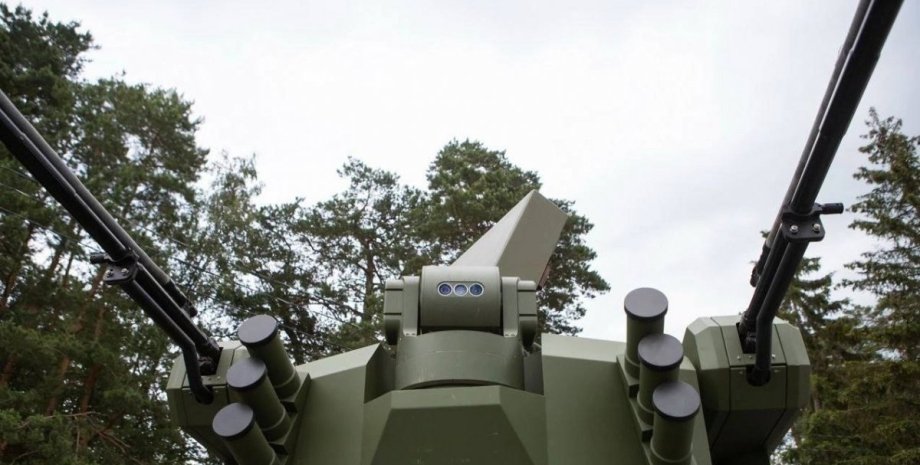

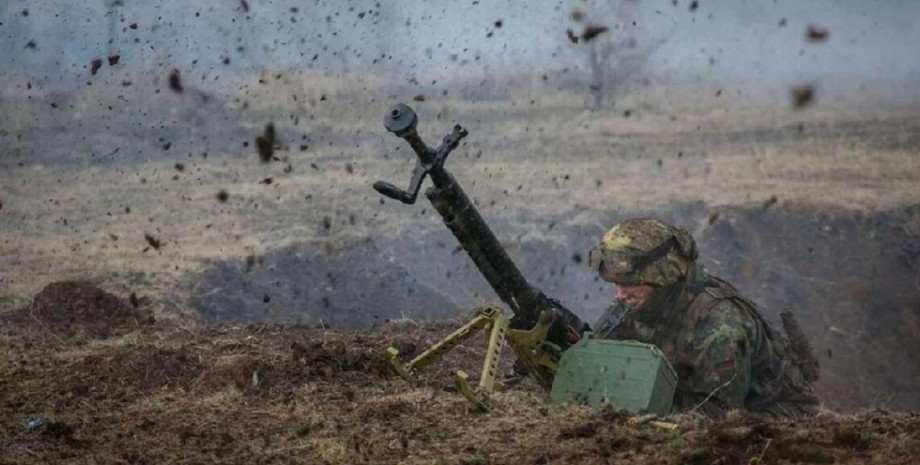

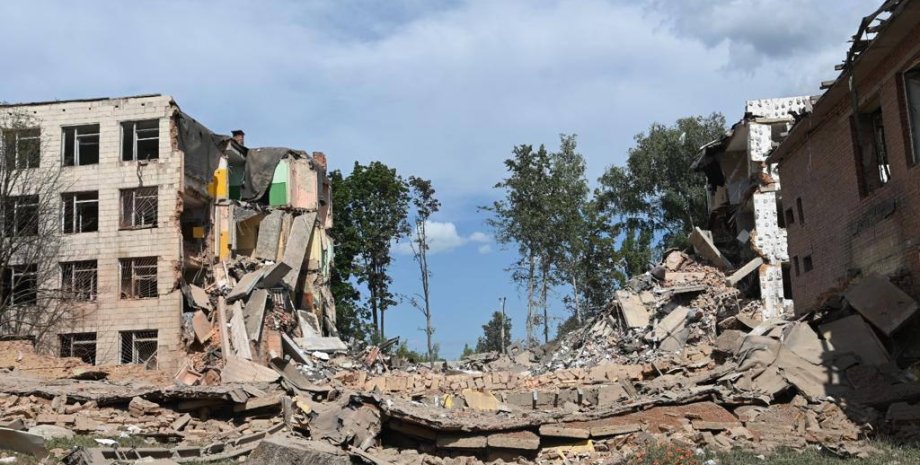
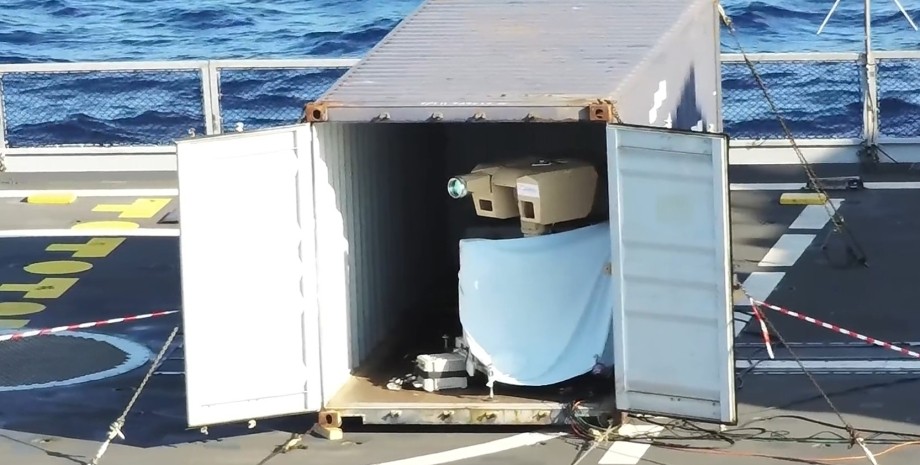

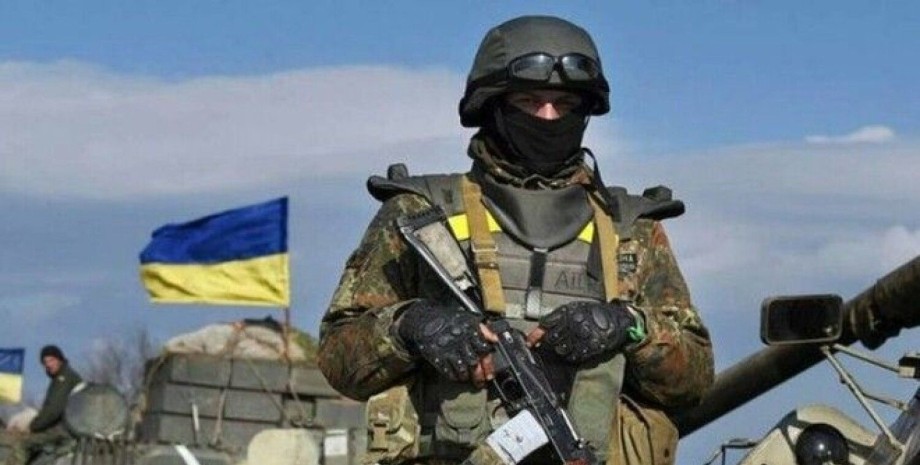
All rights reserved IN-Ukraine.info - 2022